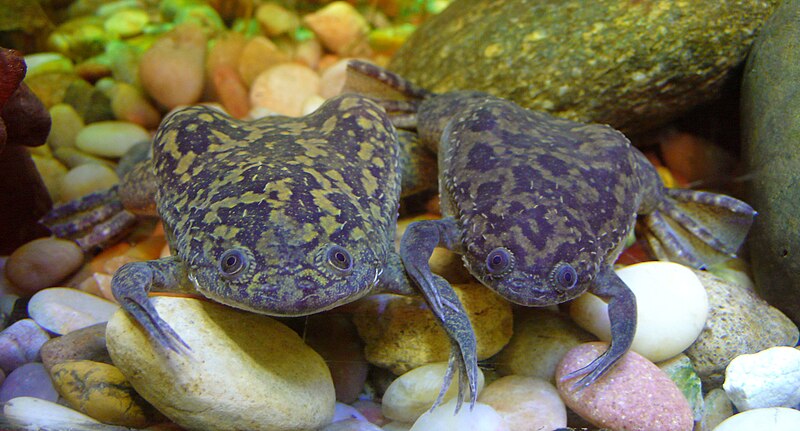
The diets that you provide your reptile and amphibian pets are of critical importance in maintaining their good health and longevity. Providing a balanced diet can be a quite simple matter for some species and, unfortunately, nearly impossible to achieve with others. Proper nutrition plays an important role in every aspect of your pet’s life, from its ability to grow normally and reproduce to less obvious areas, such as the functioning of its immune system. Reptile and amphibian hobbyists today have a wide variety of both prepared and live foods from which to choose when formulating a diet. In most cases, this is a very good state of affairs. However, sometimes it has a tendency to make us a bit lazy — for example, is very easy to provide an insectivorous lizard with a diet based on one or two readily available food items when, in actuality, the animal may need a great deal more variety to maintain optimum health.
What I would like to do in this article is to present some general principles and ideas for your consideration. Please bear in mind that actual feeding techniques – how to present the food — will also affect the ultimate value of the diet that you provide. For example, the length of time between a food animal’s introduction into the terrarium and when it is actually eaten will affect how much of its vitamin/mineral supplement coating will be passed along to your pet. Whether food insects will live or die within the terrarium, and how to keep track of the food intake of secretive or nocturnal pets will also affect the manner in which you must present the food. All of these factors, and many more, will be addressed in future articles. Until then, please contact me with your questions and observations on this subject.
There are two basic approaches to feeding reptiles and amphibians in captivity. One method is to identify one or two commercially prepared diets that provide all of the nutrition that your pet needs for a long and healthy life. This option is available to those who keep animals, such as tortoises and newts, that normally consume, or will accept, non-living food items. Animals that consume live prey in the wild will generally need a varied diet in captivity (one notable exception is most of the commonly kept snakes, all of which do quite well on a diet composed entirely of rats and mice.
For the rest of this article click to ThatPetPlace.com

 That Reptile Blog – Reptile, Amphibian and Exotic Pet Care and Information
That Reptile Blog – Reptile, Amphibian and Exotic Pet Care and Information


